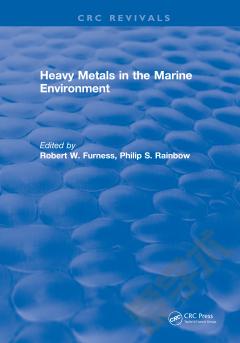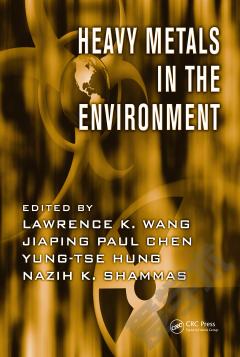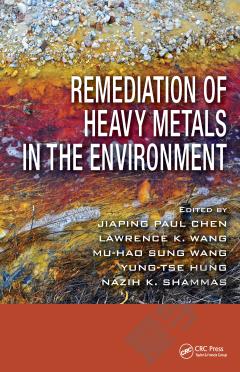Heavy Metals in the Marine Environment
The aim of this volume is to draw together state-of-the-art reviews of knowledge onlevels of heavy metals in marine environments (particularly in marine animals), the dynamicprocesses in these systems, toxic effects, and threats presented by heavy metals in foods ofmarine origin.All heavy metals, whether biologically essential or not, have the potential to be toxicto organisms at a threshold bioavailability. Such threshold concentrations vary betweenmetals, between species and with the physicochemical characteristics of the medium, somelike copper being particularly toxic even though essential in trace amounts. Responses ofanimals to metals in their medium or food depend to a large extent on the ability of speciesto regulate levels attained in their tissues. Higher animals have the capacity to regulate levelsof many metals, while marine invertebrates can regulate some within certain limits. Whereanimals cannot regulate physiological levels of metals, an alternative strategy is to detoxifyand store metals in relatively harmless forms. Knowledge of the manner in which animals deal with potentially toxic concentrations of heavy metals is of fundamental importance in the assessment of metal pollution by analysis of metal levels in biological samples. The interaction of heavy metals with biological materials is a key theme running through this volume. Toxic effects may be reflected at the individual, population, or ecosystem level, affecting species composition and production levels, or may be of direct dietary significance to man. The global cycling of metals through the marine environment is crucially affected by biological processes.
{{comment.content}}








 京公网安备 11010802027623号
京公网安备 11010802027623号